South Carolina, renowned for its diverse landscapes and storied history, harbors several intriguing abandoned sites that provide a window into bygone eras.
From the eerie allure of abandoned asylums to the deteriorating remnants of historic plantations, these locations narrate tales of the past. Here is a brief overview of five such abandoned places in South Carolina, inviting the curious and the adventurous to explore.
Cypress Garden Ruins
Some of the earliest traces of early American life can be found in the Cypress Garden Ruins. The enormous remnants often captured in images were a portion of the 1750-built rice plantation known as Dean Hall.
The land was given to the city in 1963, but the mayor refused to undertake the necessary repairs when Hurricane Hugo devastated the region around 20 years later. Berkeley County was now in charge of the location, and restoration work was being done there.
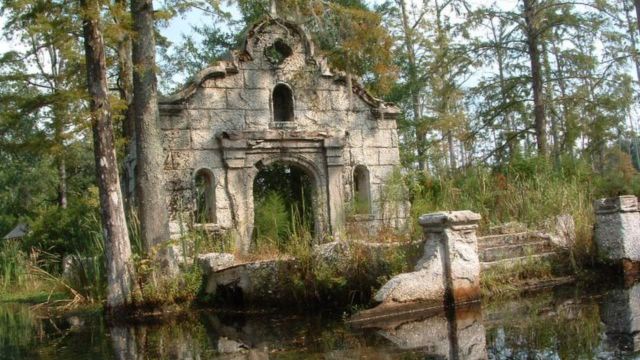
Floods in 2015 caused the site to close once more. Today, after receiving FEMA funding to help repair the damages, the organization in charge of its restoration is offering tickets to explore the grounds.
The submerged ruins in the swamp generate a distinctive and picturesque atmosphere that you wouldn’t want to miss. You have the option to explore this site by acquiring tickets, making it one of the finest legally accessible abandoned locations in South Carolina.
Read More: Haunted Routes: Dead Woman’s Crossing and the Ghostly Road of Oklahoma
South Carolina Lunatic Asylum
This immense psychiatric facility was planned by the renowned architect Robert Mills, who also designed the inaugural Washington Monument in 1827.
Initially, the South Carolina Lunatic Asylum exclusively admitted paying white patients, but eventually permitted the admission of some African Americans, even during the period when slavery was still legal.
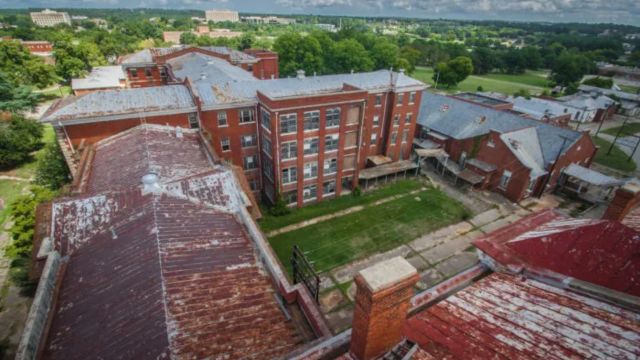
Over time, the campus expanded to meet growing demands. However, much like many institutions of that era, the facility faced challenges of being underfunded and understaffed.
Funding problems persisted, affecting the hospital from the 1970s through the 1990s. Ultimately, the hospital served as a geriatric care facility before permanently closing its doors in 2015.
The structure is adorned with intricate details, maintaining a timeless Renaissance ambiance despite its current state of deterioration.
Read More: Hidden History: Delving Into the Florida’s Abandoned Town and Its Fascinating Legacy
Castle Pinckney
Built in 1810 on the foundations of an older 18th-century coastal fort, this castle now stands in ruins. Following the War of 1812, the fort was deserted and exposed to the elements. Two decades later, it was reactivated as a network of defensive positions to safeguard the coast.
With over 28 different cannons of varying sizes and capabilities, the fort played a role during the Civil War, briefly serving as a prison for Union soldiers.
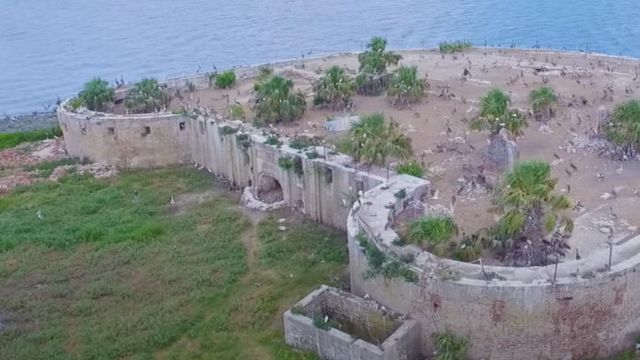
However, it became evident that the fort was too small to accommodate all 154 troops. After a fire outbreak, the fort fell into a state of decay. Despite several attempts to restore and preserve it, securing funding proved unsuccessful.
For an authentic hands-on experience, the ruins remain unchanged from the time of abandonment.
Read More: Hiking Through History: Uncovering the Mystery of California’s Abandoned Cemetery
Glendale Mill
During its peak years from 1830 to 1876, the Glendale Mill thrived with more than 1200 spindles and 24 looms, all powered by a nearby water wheel. By 1922, the number of spindles had expanded to over 38,000, operated by 350 full-time employees.
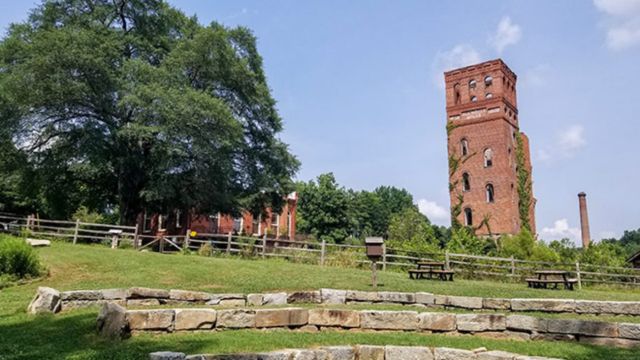
Unfortunately, in 2004, the mills succumbed to a devastating fire that raged for what felt like days. Instead of demolishing the remains, the community chose to embrace them. For a comprehensive history of the Glendale Mill, check out the full write-up on the site.
The redbrick ruins, now adorned with mossy green vines, create a captivating environment, especially enjoyable for exploration during the summer.
Read More: Illinois’ Haunting History: The Top 5 Ghost Towns Revealed
Old Charleston Jail
The Charleston Jail functioned from 1802 to 1939, housing a diverse range of individuals from Civil War soldiers to coastal pirates. Unlike numerous abandoned locations in South Carolina, efforts to preserve the old jail have persisted over the years.
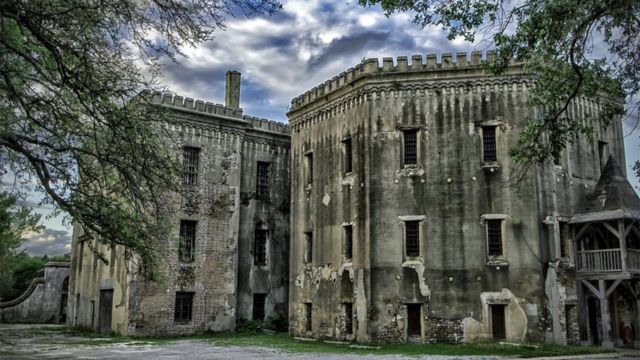
The jail remains well-preserved, retaining many of its original architectural features. If you’re seeking a straightforward and legally accessible place to explore, the jail is an excellent choice. However, experienced urban explorers in search of a more authentic experience may opt to skip this location.
Read More: Ghostly Echoes: Ohio’s Mysterious Ghost Towns and Their Untold Stories
To Conclude
South Carolina’s deserted landmarks bear witness to its rich past. These locations, which range from the haunting South Carolina Lunatic Asylum to the ruins of Cypress Gardens, which showcase early rice fields, represent the state’s complex past.
Explore South Carolina’s abandoned havens for a unique experience, whether you’re looking for a historical expedition or just a way to appreciate forgotten places. During your investigations, always put safety first and treat these ancient sites with care.





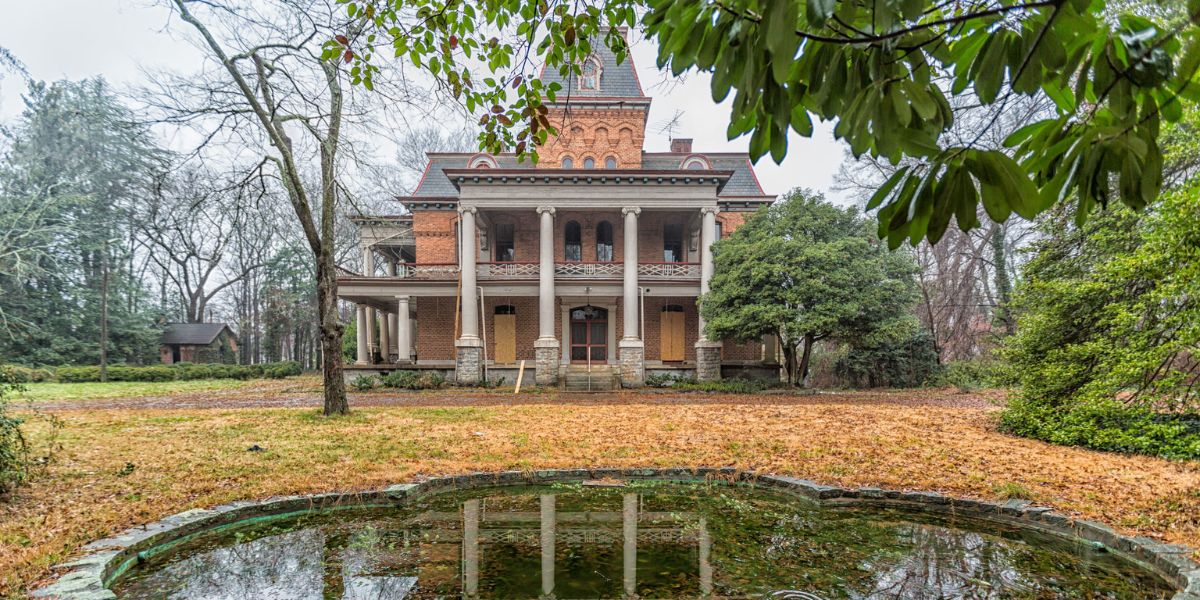






Leave a Reply